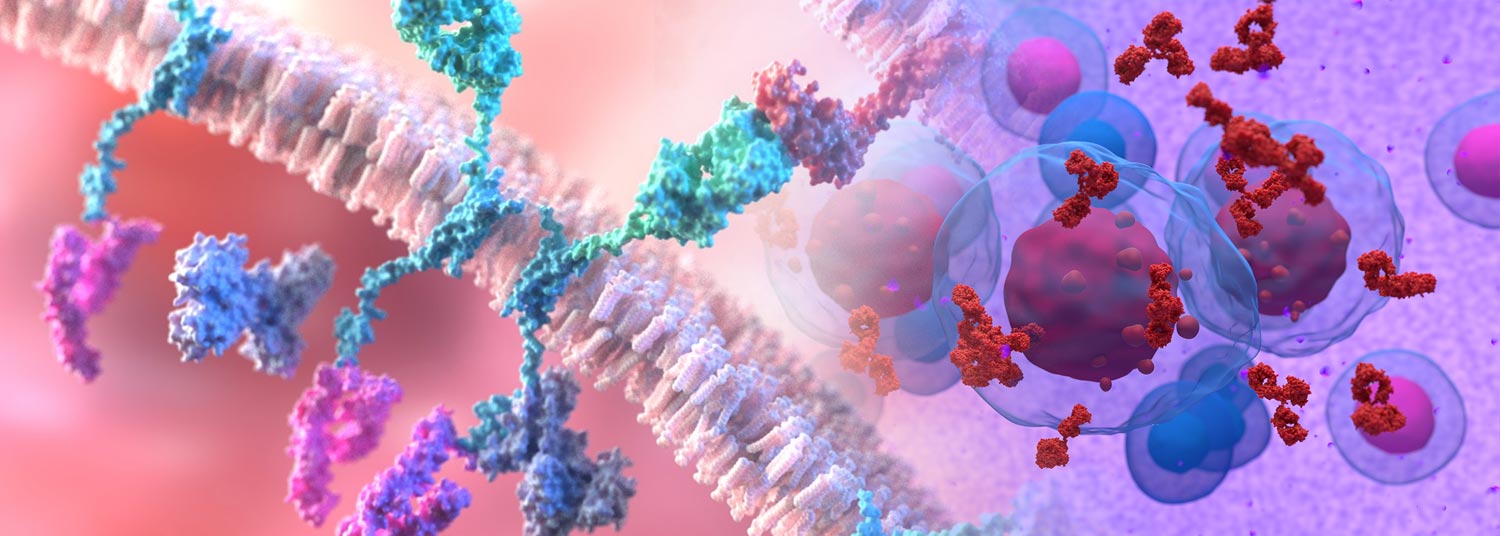July 19, 2023 | Deborah Kotz
UM School of Medicine Researchers Tested Therapy in Pre-Clinical Trials
University of Maryland School of Medicine (UMSOM) researchers engineered a new type of CAR T-cell therapy that, in preclinical studies, selectively attacked cancer cells while sparing healthy cells, potentially reducing the likelihood of toxic side effects from this innovative cancer treatment. The cells were designed specifically to attack multiple myeloma, a cancer of the plasma cells found in the body’s bone marrow.
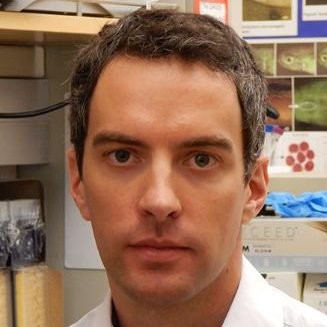
“We could see clearly in our preclinical studies that this new therapy efficiently eliminated the tumor cells without attacking healthy cells. We’re very optimistic about the potential of this as a new and safer cancer treatment,” said study corresponding author Tim Luetkens, MD, Assistant Professor of Microbiology and Immunology at UMSOM.
About 35,000 Americans are diagnosed every year with multiple myeloma and about 40 percent of patients die within 5 years, according to the National Cancer Institute. There are currently two CAR T-cell therapies on the market to treat multiple myeloma that can keep the disease in check for an average of three years. These therapies use the patients’ own genetically engineered immune cells to bind to specific target proteins on the surface of cancer cells. While results from the current CAR T-cell treatments for multiple myeloma are very encouraging, many patients still relapse, demonstrating the need for new treatments.
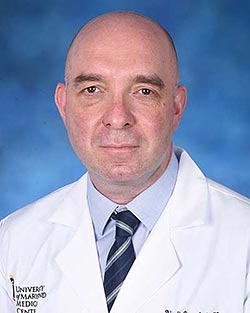
In the current study, Dr. Luetkens and his colleagues aimed to engineer CD229 CAR T cells that only attack the malignant cells but spare healthy cells using a sophisticated approach called affinity tuning. They swapped out single amino acids and tested 305 different variations to painstakingly determine the optimal CAR T-cell sequence that would hit the sweet spot: readily recognizing cancer cells while ignoring healthy cells.
Initially, the researchers were disappointed to see that the optimized receptor or CAR that they had engineered apparently caused the CAR T cells to grow more slowly. This slow growth could, in theory, result in the therapy not being as effective in patients. The research team was able to overcome this hurdle by incorporating a new approach developed by researchers at Stanford University.
“Providing additional copies of a protein naturally present in our CAR T cells, called c-Jun, allowed them to actually grow normally and attack cancer cells over a long period of time,” said study lead author Erica Vander Mause, PhD, who was a researcher in Dr. Luetkens lab during the study.
Dr. Luetkens and Dr. Atanackovic are both members of the immunology and immunotherapy research program at the University of Maryland Marlene and Stewart Greenebaum Comprehensive Cancer (UMGCCC), which is a regional and national leader in treating patients with CAR T-cell therapy. The center has treated more than 300 patients with blood cancers, such as large B-cell lymphoma, leukemia and multiple myeloma, since the U.S. Food and Drug Administration approved the first CAR T-cell therapy in 2017.
"Clinical studies are currently being initiated at UMGCCC and partnering institutions to investigate, as a first step, the safety and efficacy of CD229-targeted CAR T cells for the treatment of multiple myeloma and possibly also other malignancies,” said Dr. Atanackovic.
UMGCCC was the first cancer center in Maryland, Virginia and Washington, D.C., to be certified to offer CAR T-cell therapy to patients with aggressive lymphoma. Many of these patients had relapsed and refractory forms of blood cancers, leaving them with no other viable treatment options. More than half of the patients who have received the therapy are alive; some of them for five years and are effectively cured.
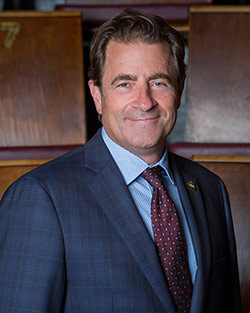
“Optimal CAR binding strength remains an open question in the CAR T cell field, with low-affinity CAR T cells often showing better long-term effectiveness and safety,” UMSOM Dean Mark T. Gladwin, MD, Vice President for Medical Affairs, University of Maryland, Baltimore, and the John Z. and Akiko K. Bowers Distinguished Professor. “This research provides a flexible platform to take existing CARs and optimize their binding strength to potentially make these therapies safer and more effective for different types of cancers.”
Researchers at the University of Utah in Salt Lake City and University Hospital RWTH Aachen in Germany were also co-authors on this study. The research was funded by the NCCN Young Investigator Award, the Huntsmen Cancer Institute Experimental Therapeutics Program, the Maryland Department of Health’s Cigarette Restitution Fund Program and the National Cancer Institute Cancer Center Support grant (P30CA134274) grant.
About the University of Maryland School of Medicine
Now in its third century, the University of Maryland School of Medicine was chartered in 1807 as the first public medical school in the United States. It continues today as one of the fastest growing, top-tier biomedical research enterprises in the world -- with 46 academic departments, centers, institutes, and programs, and a faculty of more than 3,000 physicians, scientists, and allied health professionals, including members of the National Academy of Medicine and the National Academy of Sciences, and a distinguished two-time winner of the Albert E. Lasker Award in Medical Research. With an operating budget of more than $1.2 billion, the School of Medicine works closely in partnership with the University of Maryland Medical Center and Medical System to provide research-intensive, academic and clinically based care for nearly 2 million patients each year. The School of Medicine has nearly $600 million in extramural funding, with most of its academic departments highly ranked among all medical schools in the nation in research funding. As one of the seven professional schools that make up the University of Maryland, Baltimore campus, the School of Medicine has a total population of nearly 9,000 faculty and staff, including 2,500 students, trainees, residents, and fellows. The combined School of Medicine and Medical System ("University of Maryland Medicine") has an annual budget of over $6 billion and an economic impact of nearly $20 billion on the state and local community. The School of Medicine, which ranks as the 8th highest among public medical schools in research productivity (according to the Association of American Medical Colleges profile) is an innovator in translational medicine, with 606 active patents and 52 start-up companies. In the latest U.S. News & World Report ranking of the Best Medical Schools, published in 2021, the UM School of Medicine is ranked #9 among the 92 public medical schools in the U.S., and in the top 15 percent (#27) of all 192 public and private U.S. medical schools. The School of Medicine works locally, nationally, and globally, with research and treatment facilities in 36 countries around the world. Visit medschool.umaryland.edu.
Contact
Deborah Kotz
Senior Director of Media Relations
Office of Public Affairs & Communications
University of Maryland School of Medicine
Email: DKotz@som.umaryland.edu
o: 410-706-4255
c: 410-804-0054
t: @debkotz2
Related stories
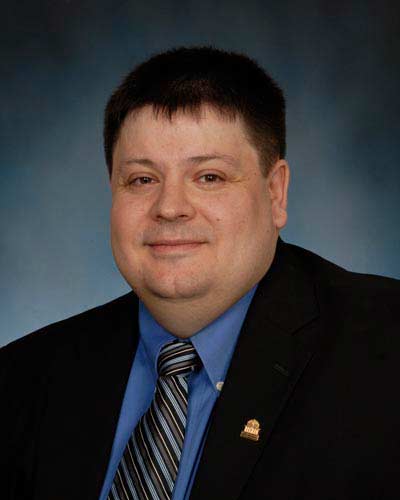
Wednesday, April 05, 2023
Understanding E. Coli Strains That Do Not Cause Diarrhea Could Lead to New Treatments
News reports featuring E. coli often tell terrifying stories of intestinal illness and diarrhea or deadly outbreaks from contaminated food. There are, however, many different strains of the bacteria E. coli, or Escherichia coli, and not all are bad.
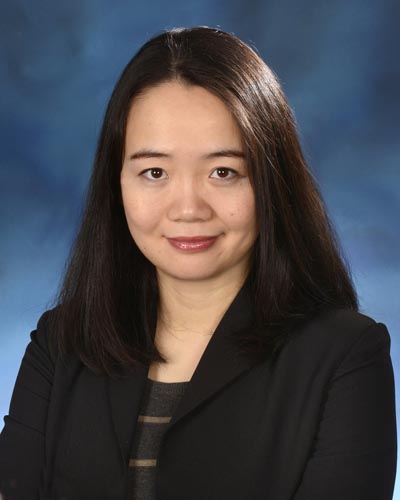
Friday, July 29, 2022
Why Breast-Fed Premature Infants Have A Healthier Gut Than Formula-Fed Ones
Human breastmilk has long been considered “liquid gold” among clinicians treating premature infants in a newborn intensive care unit (NICU). Breastmilk-fed “preemies” are healthier, on average, than those fed formula. Why is that true, however, has remained a mystery.
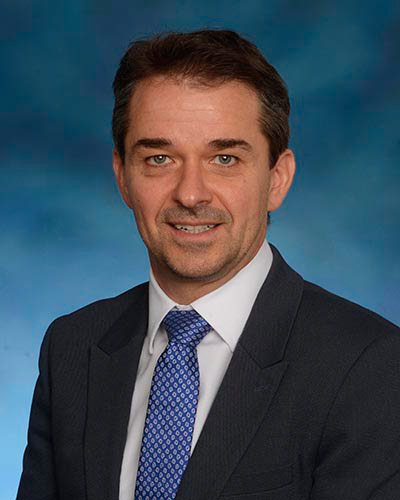
Monday, September 20, 2021
UM School of Medicine Receives $7.5 Million Grant to Create Complex Model of Female Reproductive Tract to Study Infections
Researchers at the Institute for Genome Sciences (IGS) at the University of Maryland School of Medicine have received a $7.5 million federal grant to create a complex model of the female reproductive system in order to study sexually transmitted infections (STIs). They plan to create a realistic 3D model that integrates vaginal and cervical epithelial cells and the bacteria that colonize these cells, called a microbiome. They aim to use this model to identity factors that play a role in chlamydia and gonorrhea infections experienced by a growing number of women in the U.S. and worldwide.
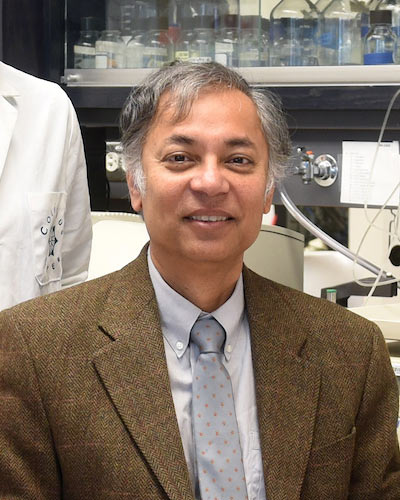
Tuesday, December 19, 2017
UMSOM Scientists Identify Key Factors that Help Microbes Thrive in Harsh Environments
Three new studies by University of Maryland School of Medicine (UMSOM) scientists have identified key factors that help microbes survive in harsh environments.

